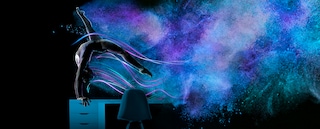
Powder Coatings for Furniture & Lighting
Nov 27, 2023

Browse our most recent updates for news, technical documents, and fresh product launches, along with features on our latest projects. This is your central hub for all you need to know about Interpon powder coatings. Get up-to-speed starting today.